What to know
- Auto-GPT is designed for performing task-oriented conversations while ChatGPT is made for generating general-purpose responses.
- Auto-GPT is an open-source project that splits a goal into different tasks and uses its own decision-making skills to achieve the goal.
- It uses OpenAI’s GPT-3.5 and GPT-4 text-generating models to generate detailed responses.
ChatGPT may have powered artificial intelligence into several fields and there’s a new tool called Auto-GPT that can take it to newer levels. It’s an open-source AI tool that can be used to automate a bunch of tasks that may be required to achieve a certain goal. In this post, we’ll explain what Auto-GPT is all about, how it’s different from ChatGPT, and highlight the things it can do that ChatGPT won’t be able to.
What is Auto-GPT?
Auto-GPT is an open-source software developed by game developer Toran Bruce Richards that uses OpenAI’s ChatGPT to automate projects. The software uses text-generating models GPT 3.5 and GPT 4 to break a goal into different objectives and automate those objectives to give you a detailed response.
Essentially, you can automate projects with multiple elements with Auto-GPT on its own without needing any human intervention. The same set of actions would otherwise require you to send prompts to ChatGPT numerous times until you’ve achieved the goal you set. Auto-GPT replaces human agents with AI by making certain decisions by itself, thus needing less help from you to get things done in a shorter span of time.
Related: 11 Ways to Use ChatGPT in Your Workflow
Auto-GPT vs ChatGPT: The key differences
Although you can use both ChatGPT and Auto-GPT to get things done in your daily routine, there are certain differences between both AI tools. ChatGPT in its plain structure is an AI chatbot where you can ask a multitude of questions either relevant to each other or irrelevant. Auto-GPT, on the other hand, isn’t an AI chatbot but a tool that automates tasks in such a way that gives you the most detailed response with just one request.
Auo-GPT is fine-tuned specifically for performing task-oriented conversations, thus producing more structured and specific responses. This makes it more suitable for accomplishing objectives that involve a bunch of sub-tasks without requiring you to enter a prompt for every task that needs to be done.
Related: How to Copy and Paste From ChatGPT Without Background
ChatGPT is a more general-purpose model for generating human-like responses to different prompts; it’s made to generate more open-ended and diverse responses. In terms of usage, ChatGPT is better for generating general-purpose responses to a wide range of prompts because of which you may need to enter a new prompt for every action you need to accomplish.
Although both of these tools can help you get things done, you may get faster responses with Auto-GPT than you would when using ChatGPT. This is because Auto-GPT can make decisions for you when you use it to plan a set of tasks as it can translate your main goal into different prompts to divide them into sections of objectives before giving you a valid response.
Using ChatGPT for the same would require you to first get a set of tasks for your main goal after which you’ll have to manually enter a prompt to get a detailed report on the particular task. This will take a longer time as you’ll have to decide which of the objectives you need further assistance with and the kind of prompt you need to enter for that specific task.
As for the responses, you’ll find that Auo-GPT tends to be more concise in its responses. Since ChatGPT only processes a prompt once, the responses you get from it may be more verbose, meaning they’ll have more sections and details based on your query.
What does Auto-GPT do that ChatGPT doesn’t?
ChatGPT works best for general responses where you want an answer for a certain query without complexity. If you ask the chatbot about a certain topic, it will give you a general idea of what you need to know, either in a short summary or in pointers based on your input.
Auto-GPT, on the other hand, will first respond to itself with a general idea and divide them into a bunch of different sections or tasks and use them as prompts to process them further without needing any input from you. Auto-GPT can also be made to access services and software on the internet to carry out tasks needed to achieve your goal which ChatGPT cannot, at the moment.
Let’s say, for example, we want to “plan a family trip to the Chester Zoo”. If you ask ChatGPT to get this done, it will provide you with a list of things you should know. This list suggests you book tickets, find a route, what you should bring, and what you may get to see.
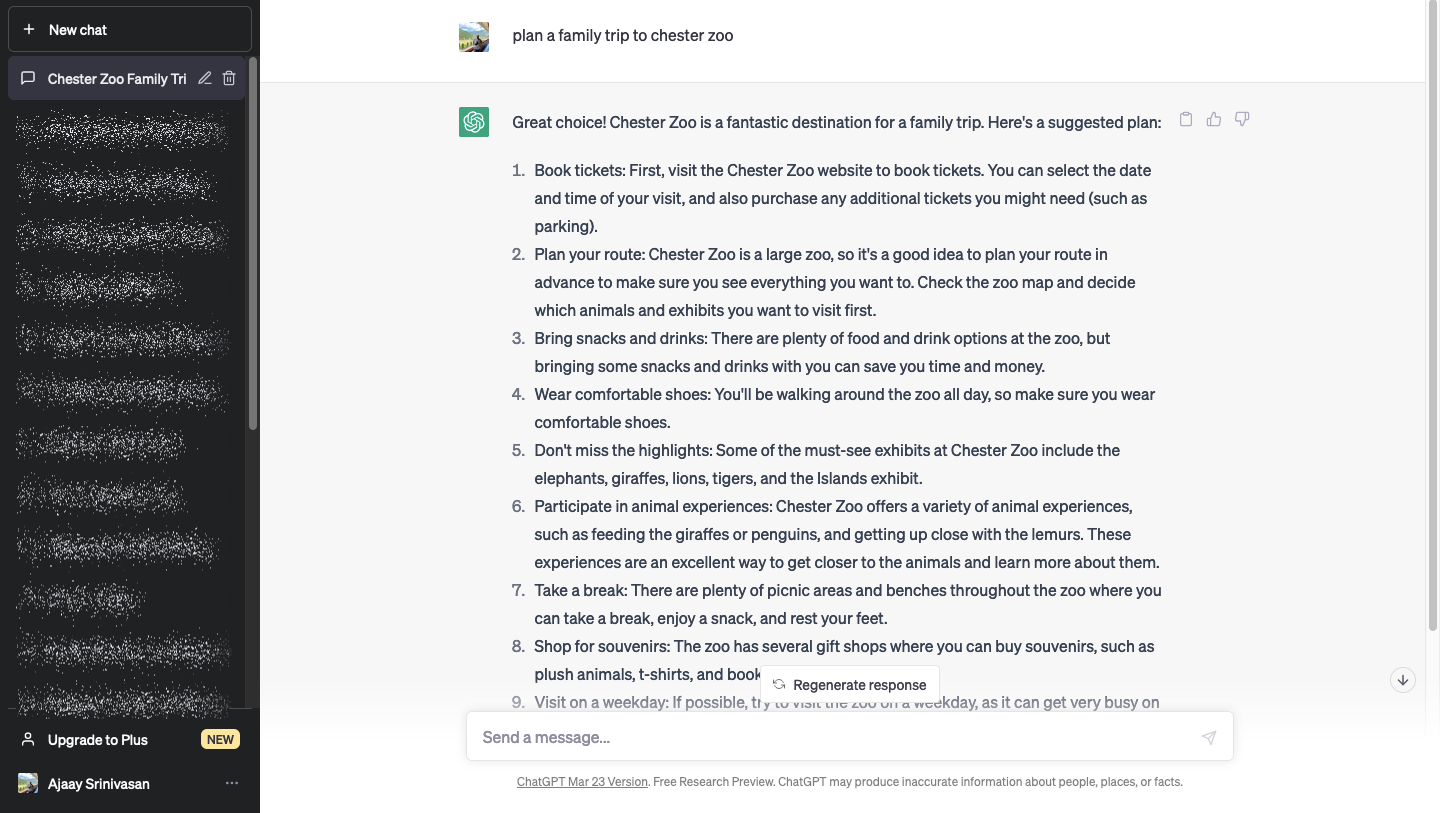
If you want suggestions based on any of these sections, you will have to prompt ChatGPT with more input asking you relevant queries based on the plan it provided earlier. Since your input is required every step of the way, you may end up consuming more time to get a detailed summary of what you need to do before the trip.
The same query on Auto-GPT will create automated tasks for fetching information on “Chester Zoo”, estimating a budget for the trip, planning a detailed itinerary including times for visiting specific exhibits, finding possible accommodations near the destination, and more. The response at the end will be more concise and will take lesser time than you’d have spent when making additional prompts on ChatGPT.
Related: ChatGPT vs Bard: 5 Main Differences
Is Auto-GPT available for everyone?
Yes, but in order to use it you will need some level of technical knowledge on how to get started. Unlike ChatGPT which is easily accessible at chat.openai.com on any browser, Auto-GPT runs on Python and requires you to set it up on a development environment like Docker. You will need to provide the software with your OpenAI’s API keys and you need a paid account to start using the AI service.
If you lack programming language and you don’t want to invest in a paid OpenAI account, you can try AgentGPT which is a web app that lets you get a similar experience as Auto-GPT but with a more user-friendly interface. Here, you can give a name for your custom AI and provide a goal you want to achieve. AgentGPT will then split your goal into multiple tasks, execute them, learn from its results, and provide you with a detailed summary.
That’s all you need to know about Auto-GPT and how it differs from ChatGPT.

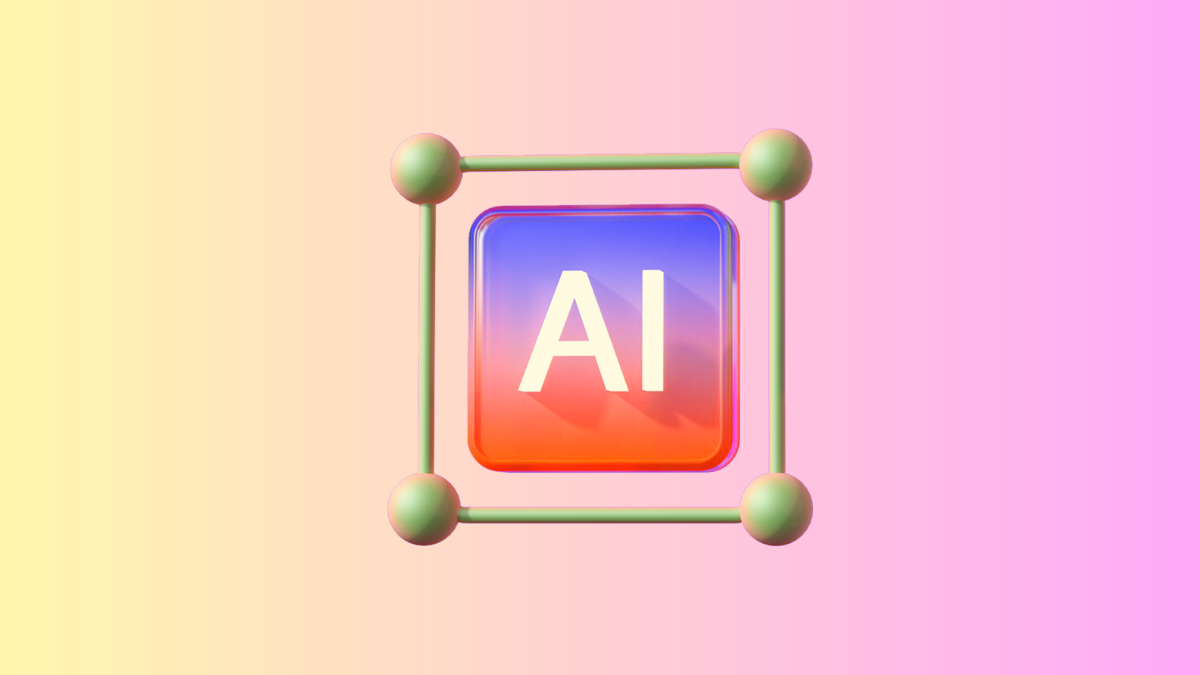
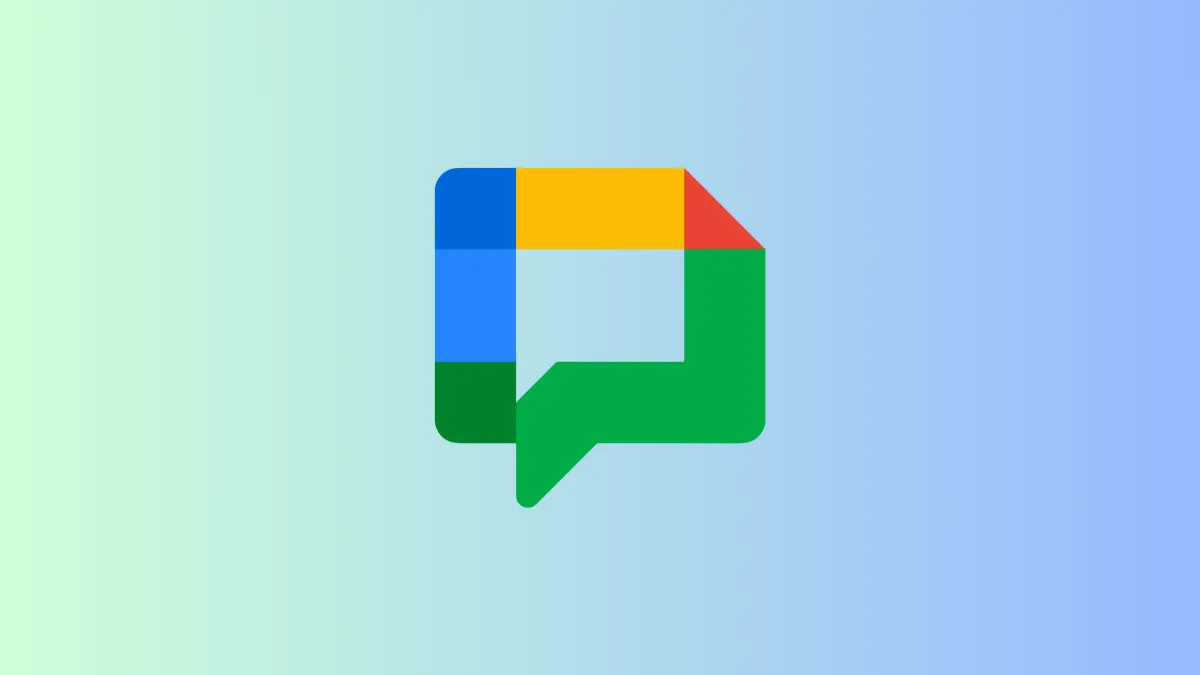




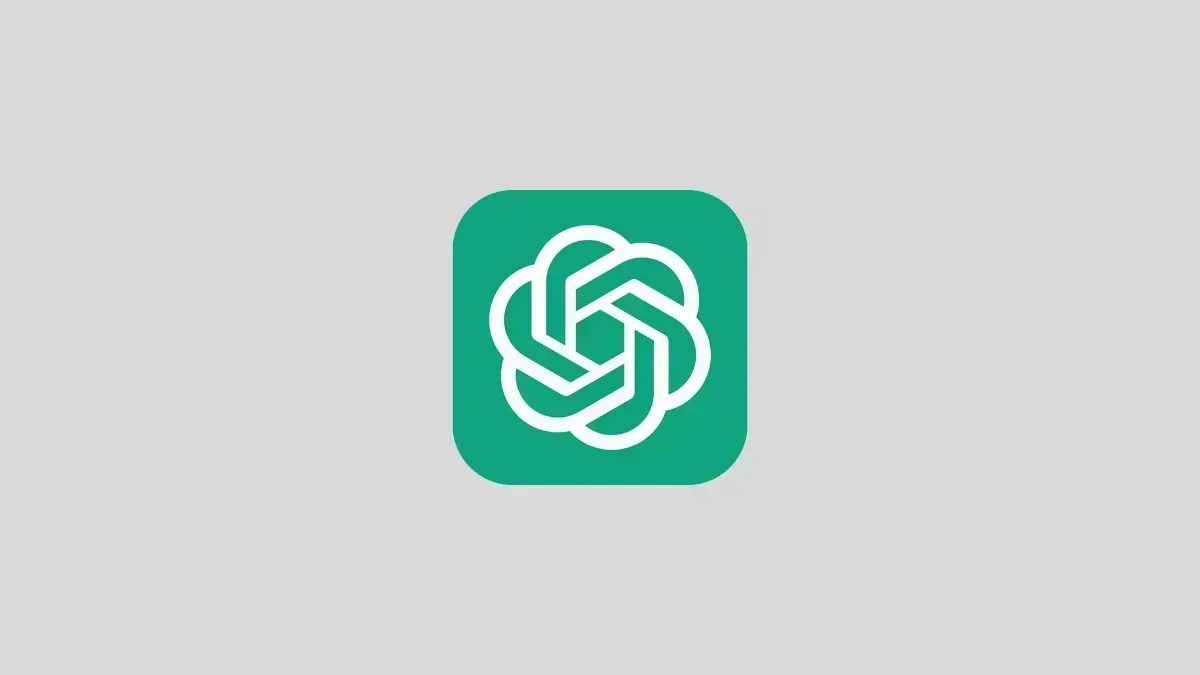
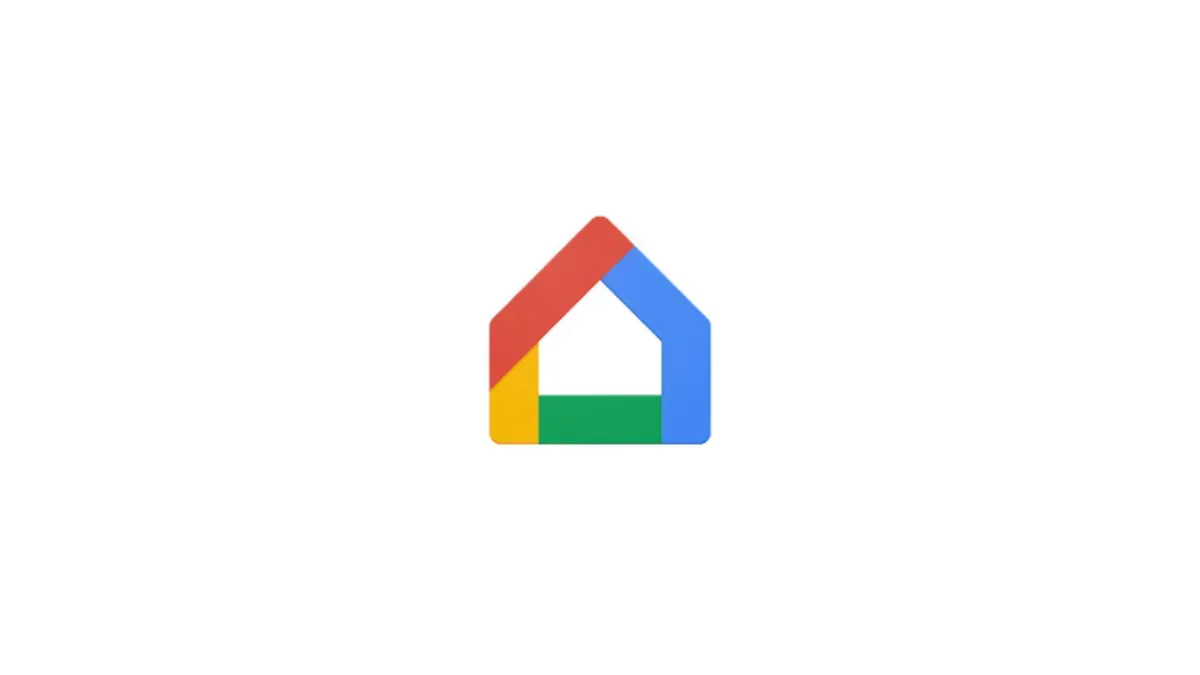

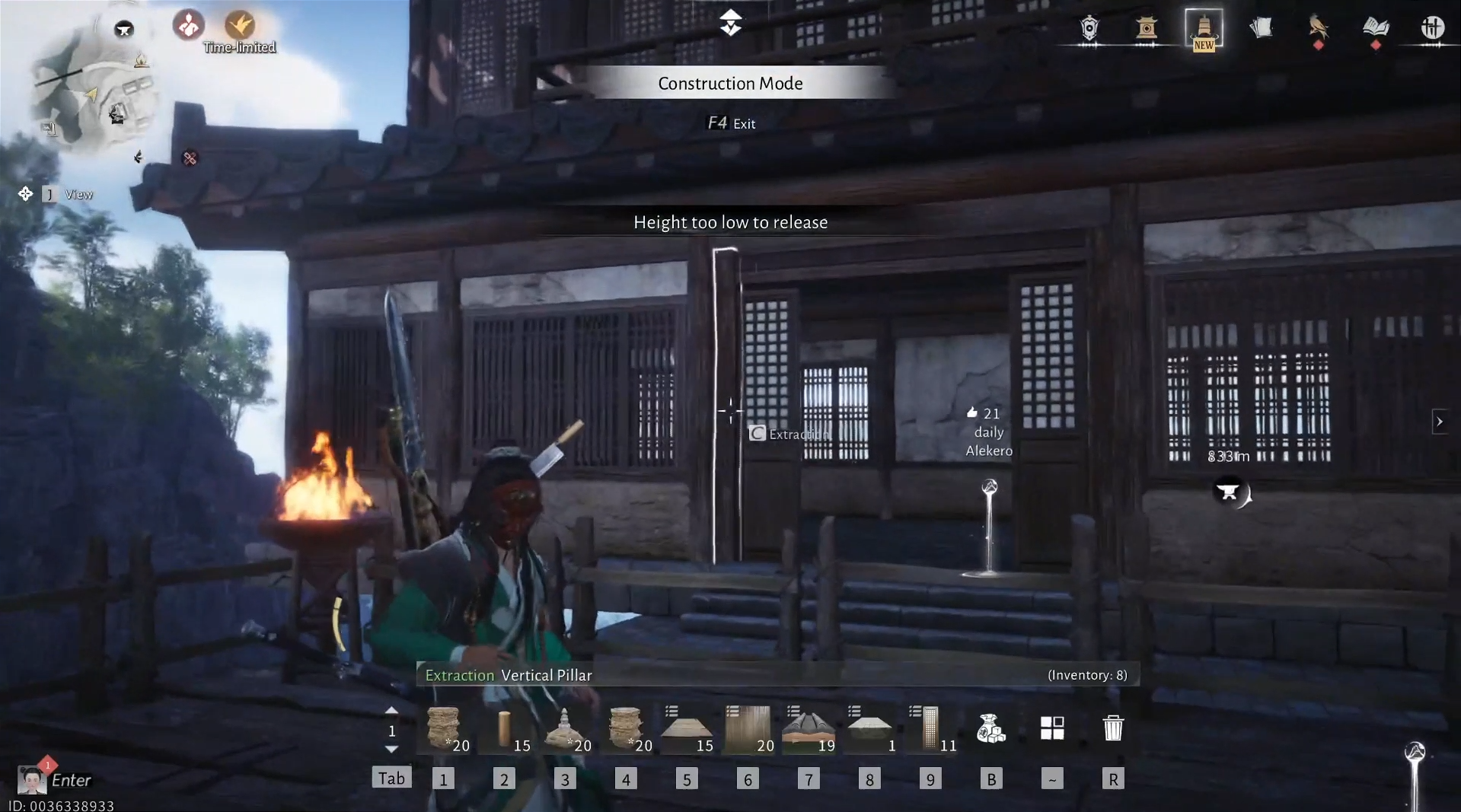


Discussion